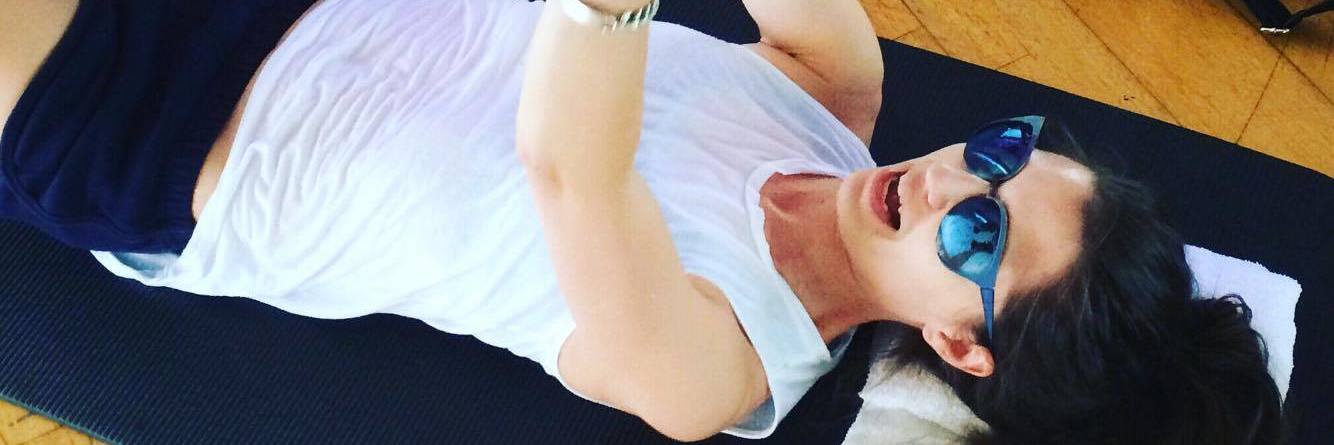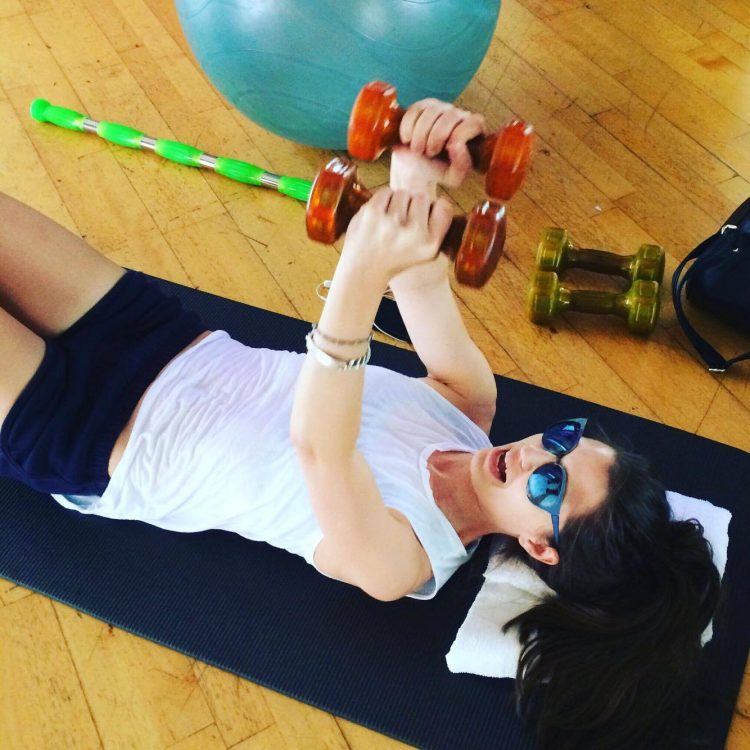The Importance of Movement for Chronic Migraine
A few weeks ago I was visiting my neurological specialist at UCLA. Now two and a half years into treating chronic migraine with brainstem aura and vestibular migraine, I’m beginning to feel like I have a grip on things. I better understand the importance of diet and mindfulness, and how crucial talk therapy and meditation are when coping with stress. But what about movement? How does that fit into the treatment plan?
When I awoke to my first vestibular migraine spell, movement and visual stimulation terrified me. It seemed that any flicker of motion would make my already bad situation worse. And so I locked myself up in my studio apartment, hopeful that one day I would be able to better face the world. Oh boy, was I wrong.
My neurologist at the time encouraged me to move before handing me a pamphlet outlining neck and core exercises. The illustrations were cartoons of grannies turning their neck. To say the least, I was skeptical. In my defense, my neurologist was a grumpy man who told me fibromyalgia wasn’t real and I was misinterpreting pain. OK. Back to movement. Determined to get control of the constant fogginess and baseline dizziness, I followed the instructions outlined in the cartoons. I also tried walking my dog a little bit every day. I started practicing yoga and balance exercises, using my Nintendo Wii Fit. A month or so later, unhappy with that grumpy neurologist, I transferred to NYU where my new neurologist encouraged vestibular therapy. I immediately found a partnered center in downtown Brooklyn and started attending twice a week.
By this point, it was May and New York was in full bloom. I ventured out more and more, eager to experience more of my borough. My dog and I took to the walking trails of Prospect Park, dipping in and out of moss-covered paths, lichen-flecked wooden steps, and sun-dappled meadows. Nature felt good. It felt visceral, as though it had its own thumping, pumping heart. I marveled at the lily-covered ponds and sought out rare birds that chirped in the treetops. I continued vestibular therapy and my vestibular homework, diligently practicing my saccades and tandem steps whenever appropriate. Day by day, my dizziness abated and I started to feel like me again. What was this magic?!
That summer was bliss. I ate whatever I wanted, danced throughout the night, drank rose while visiting Cannes, wandered the cobblestone streets of Paris and took another two week trip through Europe (this time with my dog!). I even was brave enough to ride the rollercoasters of Copenhagen’s Tivoli. Fall came and things felt steady. I felt steady. And I started to falter on my exercise routines. November arrived and the dizziness returned with a vengeance. On top of that, my pain levels were at a steady daily eight; I couldn’t even walk down a hallway. WTF. What about my dreams of summering in Provence? Clearly I had to readjust my priorities.

At the time, I still was in denial about my migraine diagnosis. To me, it felt like a life sentence. I was too young and active to shut myself in the dark and continue that existence on a loop. At one point, my NYU neurologist kindly placed his hand on my shoulder and said, “I have migraine too. You’ll get through it. You handle your fibromyalgia very well. I have faith in you.” This time, he set me up with a neuro-ophthalmologist and NYU’s snazzy new neurologist who specialized in vestibular issues. Every one of them confirmed I had severe intractable migraine with status migrainous. Well poop.
My vestibular neurologist immediately got me into NYU’s vestibular rehab program, and I began the midtown trek twice a week. I remember first arriving there: the woman at intake hummed in her sweet Jamaican accent, “Oh my dearie, I always can tell when the dizzy patients arrive. New York is so difficult for you. Here, have some peppermint oil.” For the first time since experiencing dizziness, I felt like I was surrounded by people who understood my situation. Every room on the vestibular floor had peppermint oil! Rails were installed in the hallway so there was something to help maintain balance. Even with all of those accommodations, my migraine became so severe that sessions took place in the concussion wing, where lights were on a dimmer. Often these sessions were spent with me sitting on the floor of a dark room, wearing sunglasses for good measure. Still I persisted, never once skipping a session no matter how badly I felt (once I went straight from vestibular rehab therapy to the emergency room). My vestibular neurologist said I was one of the most severe cases she ever had treated.
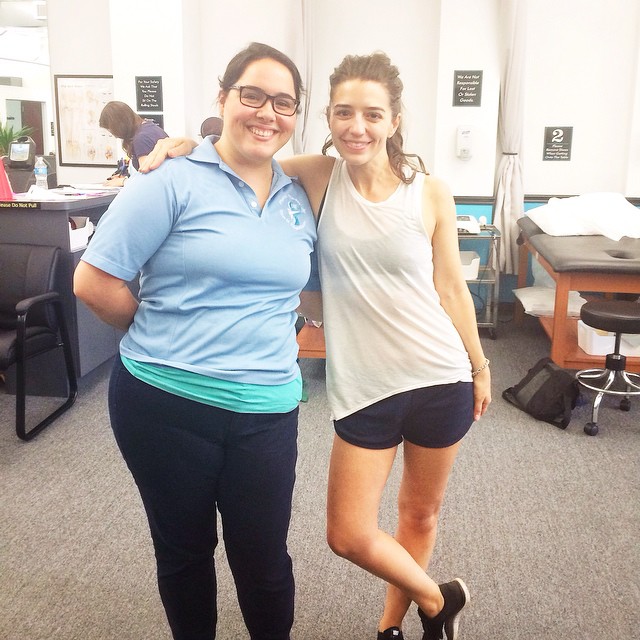
Despite all of this, I started going to the gym. Every day, no matter the level of pain, dizziness or light sensitivity. I was relentless. I kept repeating Elle Woods’ timeless words: “Exercise gives you endorphins, and endorphins make you happy, and happy people just don’t kill their husbands.” Maybe the same would work for severe daily migraine. Or…. could endorphins kill migraine? In the beginning I rode the recumbent bike with sunglasses on and eyes closed. Audiobooks kept me entertained for those long 45 minutes. I lifted free weights in a dark supply closet because the overhead lights were too bright. Still, I never once skipped a day. And as I progressed, I hired a trainer to develop workouts that would complement my vestibular rehab sessions. Some days were tough, particularly when the migraine with brainstem aura was extra finicky. Once a woman throwing those massive leather balls accidentally triggered a series of convulsions. Everyone thought I was having a seizure. Nope. Just a migraine reaction to vibration. After that episode, I waited five minutes before completing my workout. I didn’t want to miss out on any happy-producing endorphins.
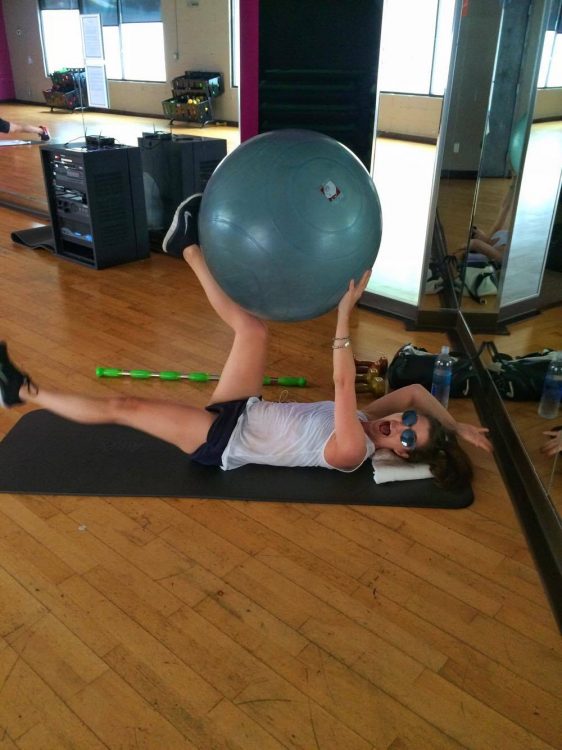
More time passed and I became a beast in the gym. It was my happy place. I could go there, zone out for two hours, and feel better, mentally and physically. As time passed, I moved to California. The first thing I did when I moved? Establish my gym membership. It was a privately-run spot in the center of downtown Santa Monica and, like my old local Crunch, I could walk there. I loved the open-air feel of it, the rooftop workout space and the incredibly friendly staff. But as much as I appreciated my gym, I wasn’t as motivated as I was in New York. It was as though that gravitational pull disintegrated and I continued to find excuses not to prioritize movement and exercise. It didn’t help that my migraine and fibromyalgia flared up big time. I fell into old, bad habits, neglecting my workout routines and long dog walks. I told myself that my dog was too old to walk multiple miles. I told myself I was too dizzy to ride a recumbent bike. The truth was that I simply wasn’t motivated. It was easier staying at home than walking four blocks to the gym. I was using dizziness as an excuse not to help myself. And I was making myself worse.
Spring entered southern California, and something clicked. Maybe I was tired of my clothes not fitting properly, maybe I wanted to do more in life, maybe I wanted my abs back, maybe my diet and meds kicked in, maybe it was a bit of all of that. Either way, something clicked and I started moving again. I figured out how to ride the bus and made that my primary form of transportation. I started logging my steps again, aiming for 7,000-8,000 steps a day. I started returning to the gym on a daily basis, at a later hour so I could be motivated by all the people around me. I stopped coming up with excuses and learned to re-habituate to the first few days of exercise shock. I started walking my dog two to three miles every morning and again in the evening. And you know what? Even at 14 years, he still loved it. I tuned into Golden Oldies and felt a new pep in my step. And the more I moved, the better I felt and the less triggered by visual stimuli I became. By mid-May, I was doing cartwheels on the beach. Yes, cartwheels.
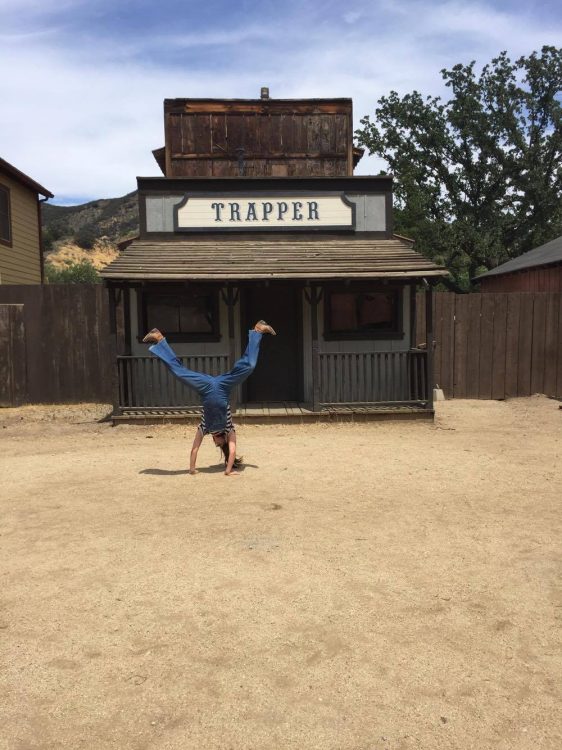
Now that it’s June and Migraine Awareness Month, I’ve increased my goals to walk 10,000 steps a day, exercise daily and ride a bike by the end of the month. Halfway into the month, I’ve met my walking goals (save one day when a migraine with brainstem aura gave me leg paralysis and I literally could not cross a room without a butt-scoot) and I’ve even returned to one of my favorite activities: horseback riding. Riding is magically therapeutic. At night I check my steps and will set off on sturdy nighttime walks in order to meet my goals. I now feel accountable and hope I can use this month to return to my good habits. Because I feel better when I move. The world doesn’t hum or buzz as often when I move. I can tolerate more when I move.
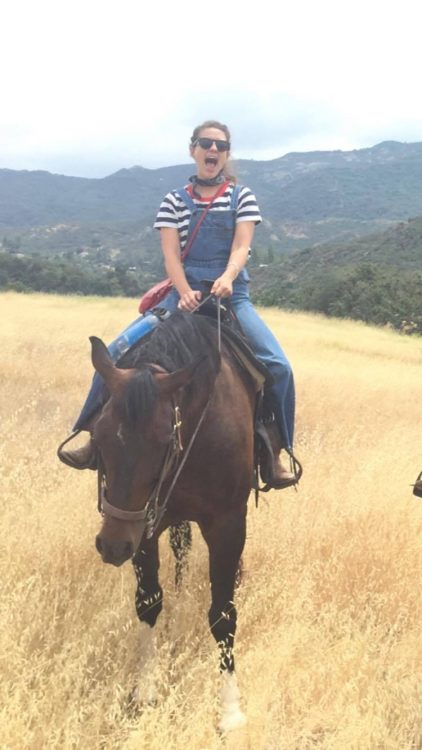
Which brings me back to my chat with my specialist. We were talking about motion and that I now was doing cartwheels. He broke into a massive smile and looked as though he wanted to give me a big ole bear hug. “I’m so proud of you!! Vestibular patients get too afraid to move or work their balance system but that’s absolutely the best thing you can do. If you could do cartwheels every day, I would encourage you to do it. Make yourself feel uncomfortable.”
And so, while that little moment on the beach was a quick act, it came to signify so much. That doing the scary thing can help my cranky migraine brain, and that it’s important to continue to push myself to try new things and activities. Because without those risks, I’d continue to isolate myself in my habituated safe spaces and the outside world will feel even more terrifying. So perhaps I’ll add another bullet to my June list: turn cartwheels every weekend, just to celebrate living again.
We want to hear your story. Become a Mighty contributor here.

